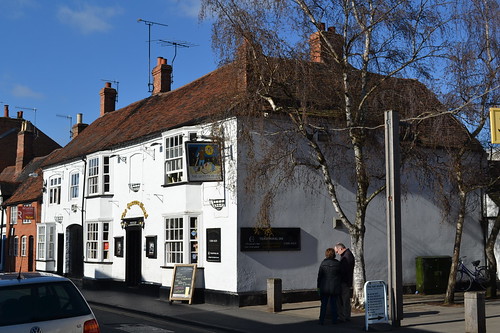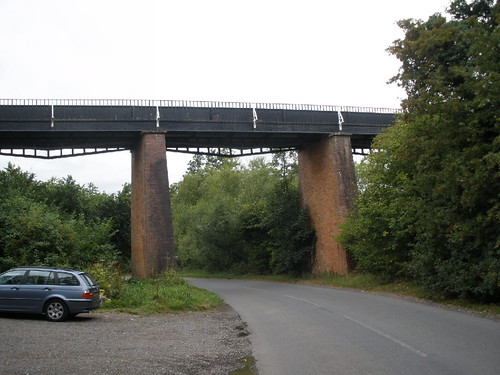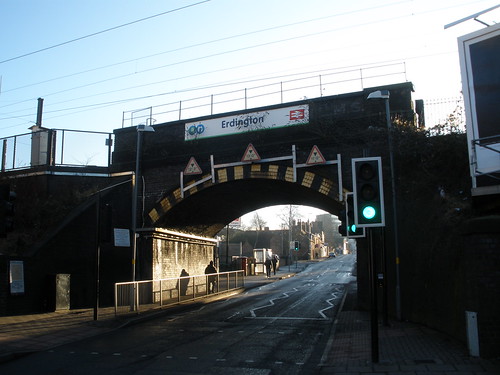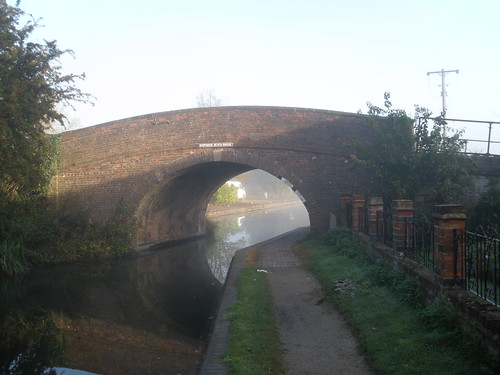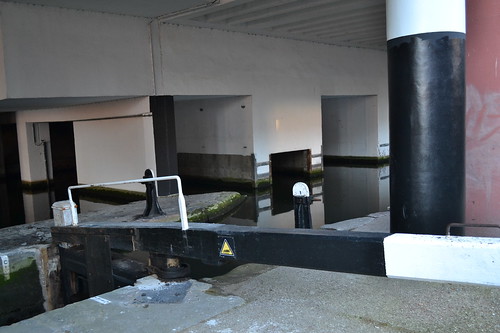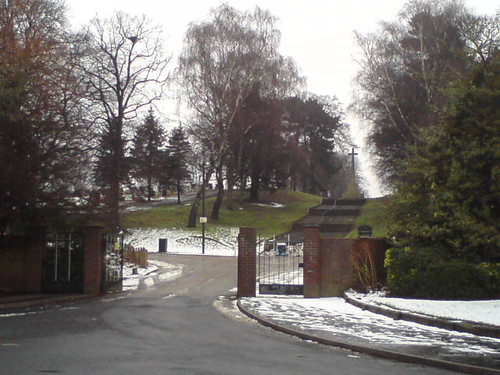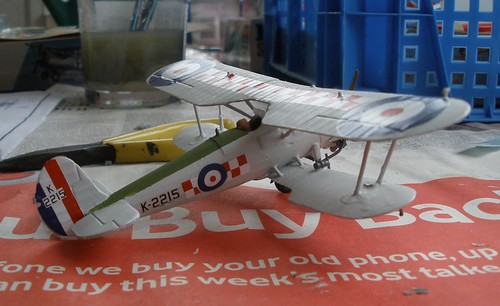A couple of years ago (
on another blog) i presented a decade by decade view of RAF airpower using my model aircraft collection. Now we are a few more years later on and i have built more aircraft in the intervening months i thought it would be interesting to redo this feature and see how the aircraft chosen have changed.
1910s - Bristol F.2B (1916-1932)
I went with the RE8 last time but went for a more recent model this time. Interestingly the F.2B remained in service until the early 1930s so i could have selected it for the 1920s but it would have felt wrong.
1920s - Bristol Bulldog (1929-1937)
The 1920s is a tough decade for my collection to fill. I did go with the Tiger Moth last time, making a schoolboy error as it didn't fly until 1931! The Bulldog was the classic interwar period fighter and just fits as a 1920s warplane. At the time of writing this is the latest model i have made.
1930s - Tiger Moth (1931-1952)
The Tiger Moth has been correctly chosen for the 1930s this time. The model, which was the first i made, was updated in late 2010 with better paintwork compared to when it was used the first time. The Defiant was chosen for the 1930s last time.
1940s - Supermarine Spitfire (1938-1957)
This decade is fairly easy with a number of candidates. I chose one of my fleet of Spitfires, the Mark Ia which i think is the best one i have done so far. I went with a Hurricane last time, both fighters really embody the WW2 era RAF of course.
1950s - Canadair Sabre (1952-1958)
We enter the jet age! I went with a late model Spitfire last time but i think the Sabre fits the early post-war period better.
1960s - BAC Jet Provost (1957-1993)
The Jet Provost retains it's place in the 1960s, though the model was only half-built last time. Now it can be presented in all of it's glory.
1970s... 2010s - BAe Hawk (1976 onwards)
I've tended to concentrate on the piston-engined age and still don't have a suitable kit for the 1970s and beyond except the Hawk 128 which can fit the current decade nicely and has been in service since the 1970s.
Maybe we can revisit this in a few more years time? I really could do with making more planes from the 20s, 70s, 80s, 90s and 00s...


